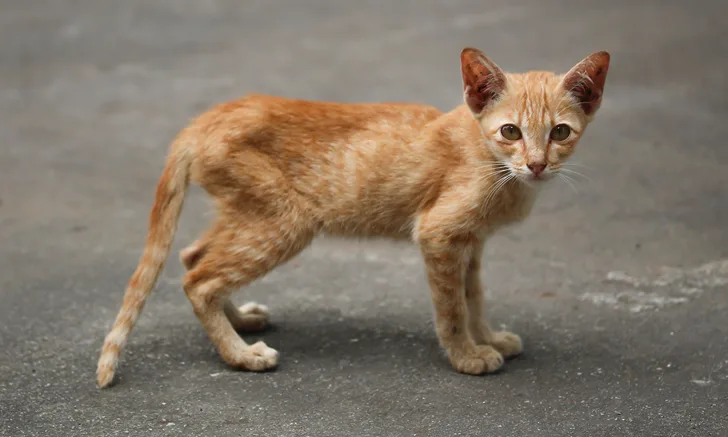Mirtazapine: More Is Not Better
Elke Rudloff, DVM, DACVECC, Lakeshore Veterinary Specialists, Glendale, Wisconsin

In the Literature
Ferguson LE, McLean MK, Bates JA, Quimby JM. Mirtazapine toxicity in cats: retrospective study of 84 cases (2006-2011). J Feline Med Surg. 2016;18(11): 868-874.
The Research …
Hyporexia and anorexia are common conditions in chronically ill cats. Cats tend to be withdrawn during illness, which makes it difficult to encourage them to eat. Force-feeding can result in food aversion, which perpetuates reduced food intake. Clients might also be reluctant to have a feeding tube placed, which makes the idea of an appetite stimulant desirable.
Mirtazapine is commonly recommended and used as an appetite stimulant because of its antagonism of 5-hydroxytryptamine (HT)2 receptors in the hypothalamic nuclei and its ability to increase norepinephrine levels in the synaptic clefts. Mirtazapine can also indirectly improve appetite by antagonizing 5-HT3 receptors responsible for nausea. Mirtazapine can also increase serotonin. This property, in addition to synaptic norepinephrine increases, is thought to be responsible for clinical signs related to mirtazapine toxicosis (eg, hyperthermia, tachycardia, GI signs, agitation, muscle fasciculation, tremors).1 An additional adverse event reported in humans is blood dyscrasia, but this has not been reported in cats.2
Mirtazapine dose recommendations in cats vary (1.88 mg/cat PO q12-48h to 3.5 mg/cat PO q72h). This retrospective study reviewed reported adverse events attributed to mirtazapine in client-owned cats with the intention of determining whether the dose correlated with severity of signs. The authors reported on dosage forms as both mg/cat and mg/kg body weight mirtazapine given. There were only a few reports of adverse events with administration of <0.75 mg/kg mirtazapine. Not unexpectedly, there was an escalation of adverse events with increasing dose; however, no deaths were reported.
… The Takeaways
Key pearls to put into practice:
Cats with kidney failure and hepatic insufficiency might have reduced metabolism of mirtazapine, which puts them at increased risk for adverse events. Clinicians should start with a lower dose and longer interval, then gradually increase to an effective dose.
Mirtazapine combined with other serotonergic medications (eg, tramadol, fluoxetine) can cause serotonin syndrome.
Dosing can be inaccurate if larger (mg) pill sizes are broken into quarters and eighths. Clinicians should consider dose-specific compounding by a trusted pharmacy when prescribing very small doses.
Anecdotally, mirtazapine might not be the best first-line treatment for critically ill or injured cats. In such cases, controlled assisted feeding using feeding tubes is a more reliable method for ensuring adequate caloric intake.